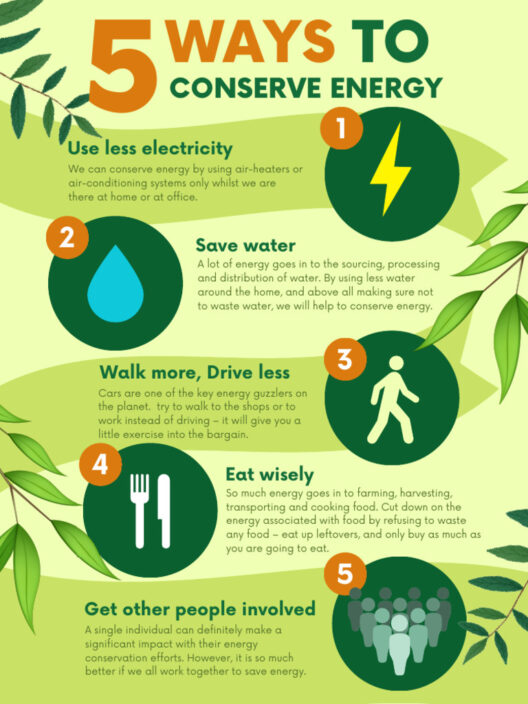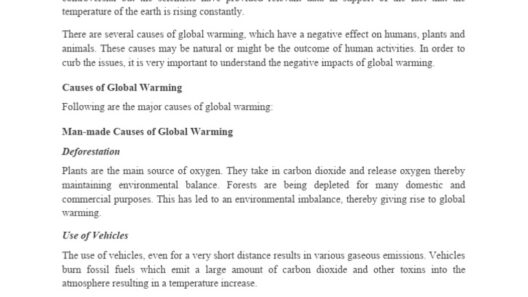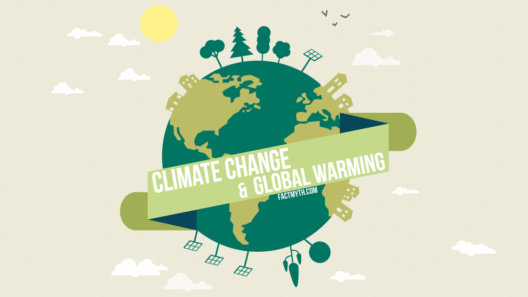Global warming is not just a looming threat; it is an imminent reality that demands urgent action. The average global temperature is on an upward trajectory, raising alarm signals across the globe. This phenomenon, driven largely by human activities, particularly the burning of fossil fuels and deforestation, is causing drastic changes in climate patterns, leading to severe consequences. The question we must grapple with is: what can effectively halt this calamitous trend? In seeking solutions, it is imperative to analyze various strategic interventions that collectively form a comprehensive approach to mitigate global warming.
The urgency of tackling climate change cannot be overstated. The Intergovernmental Panel on Climate Change (IPCC) underscores that without immediate measures, the planet could warm by more than 1.5 degrees Celsius above pre-industrial levels, with catastrophic repercussions. However, numerous promising solutions exist that can pave the way for a sustainable future.
The importance of transitioning to renewable energy sources cannot be exaggerated. The global reliance on fossil fuels—coal, oil, and natural gas—continues to be a primary driver of greenhouse gas emissions. By investing in alternative energy sources like wind, solar, and hydropower, societies can significantly reduce their carbon footprints.
Renewable Energy: Powering the Future
Solar panels harness sunlight and convert it into electricity, an inexhaustible supply capable of reducing reliance on fossil fuels. Meanwhile, wind turbines utilize air currents to generate energy. Both sources of power not only cut emissions but also create jobs and stimulate economic growth. Governments and corporations alike are recognizing the value of this shift, incentivizing investments in renewable infrastructure.
However, it is crucial that this transition occurs globally, particularly in developing nations, where access to clean energy can leapfrog traditional reliance on fossil fuels. International partnerships, technology sharing, and financial support play pivotal roles here. The widespread adoption of renewable energy is one of the linchpins in the battle against global warming.
Enhancing energy efficiency is another cornerstone in the quest to mitigate climate change. This involves refining how energy is utilized in homes, industries, and transportation systems. From smart appliances that automatically reduce power consumption to industrial processes that maximize output while minimizing waste, energy efficiency could cut emissions significantly.
Transforming Transportation: Sustainable Mobility Ahead
Transportation is a major contributor to greenhouse gas emissions, accounting for nearly a quarter of global emissions. Shifting from fossil fuel-driven vehicles to electric and hybrid options can yield substantial reductions. Innovations in battery technology are making electric vehicles (EVs) increasingly viable, with improved ranges and faster charging times.
Additionally, public transit systems, cycling infrastructure, and pedestrian-friendly designs reduce reliance on personal vehicles, decreasing traffic congestion and emissions. Incorporating carbon caps and incentives for low-emission vehicles are also crucial policy measures that can encourage cleaner transportation alternatives.
Another transformative approach is reforestation and afforestation. Trees act as carbon sinks, absorbing CO2 from the atmosphere and helping to mitigate climate change. Preserving existing forests is equally vital, as deforestation not only releases stored carbon but disrupts biodiversity. Large-scale tree planting initiatives coupled with protected forests can bolster ecosystems and counteract some of the adverse effects of climate change.
Regenerative Agriculture: Farming for the Planet
Agriculture is a double-edged sword in the context of global warming. While it accounts for a significant portion of greenhouse gas emissions, it also presents unique opportunities for carbon sequestration. Regenerative agriculture focuses on soil health, promoting practices such as cover cropping, crop rotation, and reduced tillage. These methods enhance soil fertility and structure while storing carbon in the ground. Transitioning to organic methods and reducing synthetic fertilizer use can lessen the agricultural sector’s carbon footprint.
Moreover, fostering sustainable dietary choices, such as reducing meat consumption and supporting local food systems, contributes to this shift. By making informed choices, individuals can play an active role in driving demand for environmentally-friendly farming practices.
Legislation and policy frameworks are critical in binding together these solutions. Global agreements like the Paris Accord represent collaborative efforts to hold countries accountable in reducing emissions. Policymakers must prioritize environmental sustainability, implementing regulations that incentivize green technologies and practices across sectors. This includes establishing carbon pricing mechanisms that reflect the true costs of pollution and motivate businesses towards cleaner alternatives.
Education and Advocacy: Lighting the Path Forward
Finally, education cannot be overlooked as a vital component in the fight against global warming. Raising awareness about climate change and its impacts fosters a culture of environmental stewardship. Empowering communities with knowledge about sustainable practices encourages grassroots movements that can influence change from the ground up.
Advocacy for policy change, alongside individual actions, can catalyze broader societal shifts towards sustainability. The intersection of knowledge and activism creates a powerful force driving the transition to a greener future.
While the challenges posed by global warming are formidable, they are not insurmountable. A multifaceted approach encompassing renewable energy, energy efficiency, sustainable transportation, regenerative agriculture, rigorous policies, and education can collectively halt the warming trend. The future hinges on our collective ability to implement these solutions with urgency and resilience.
The path forward is paved with collaboration and innovation. Together, we have the potential to alter the course of history and foster a planet where the catastrophic effects of global warming remain a distant memory.








